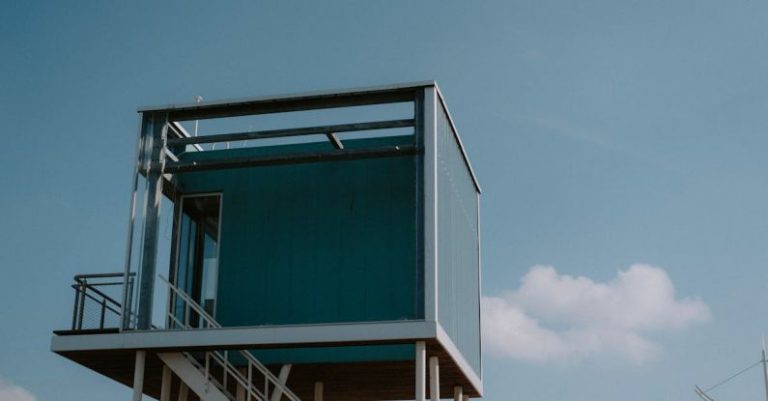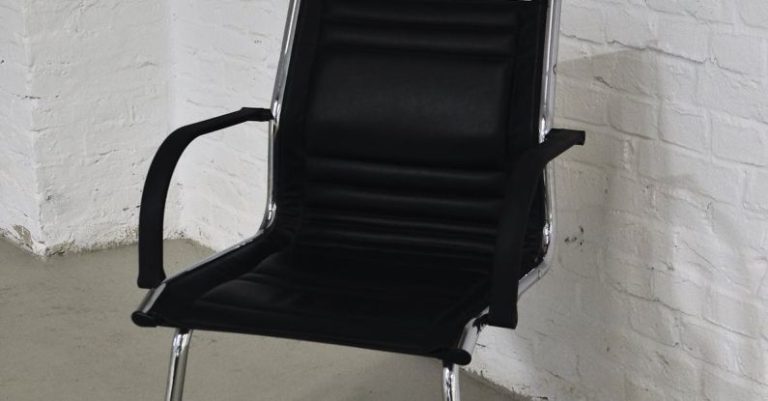The Bright Future of Luminescent Composites in Building Design
In the realm of architectural innovation, luminescent composites have emerged as a cutting-edge technology that is revolutionizing the design and functionality of modern buildings. These advanced materials have the unique ability to emit light, offering a dynamic and energy-efficient alternative to traditional building materials. With their versatility and aesthetic appeal, luminescent composites are paving the way for a new era of sustainable and visually captivating architectural designs.
Luminescent Composites: A Game-Changer in Building Design
Luminescent composites are composite materials that incorporate luminescent particles or additives, enabling them to emit light in various colors and intensities. These materials can be integrated into a wide range of building elements, including facades, flooring, and interior finishes, allowing architects and designers to create striking visual effects and immersive environments.
One of the key advantages of luminescent composites is their energy efficiency. By harnessing natural or artificial light sources to charge the luminescent particles during the day, these materials can emit light for extended periods without the need for additional power sources. This not only reduces the environmental impact of buildings but also offers significant cost savings in terms of energy consumption.
Enhancing Safety and Functionality
Beyond their aesthetic appeal, luminescent composites also offer practical benefits in terms of safety and functionality. In low-light conditions or during emergencies, these materials can serve as wayfinding elements, guiding occupants through spaces and highlighting exit routes. By incorporating luminescent composites into handrails, staircases, and signage, architects can enhance the safety and accessibility of buildings, particularly in public spaces and high-traffic areas.
Moreover, luminescent composites can be engineered to provide additional functionalities, such as self-cleaning or antimicrobial properties. By integrating these advanced features into building surfaces, architects can create environments that are not only visually stunning but also hygienic and low-maintenance. This dual functionality makes luminescent composites an attractive choice for a wide range of applications, from healthcare facilities to commercial buildings.
Pushing the Boundaries of Architectural Design
The use of luminescent composites in building design opens up a world of creative possibilities for architects and designers. These materials can be customized to emit light in different colors and patterns, allowing for endless design variations and artistic expressions. Whether used to create glowing accents, immersive lighting effects, or interactive surfaces, luminescent composites have the potential to transform the way we experience and interact with built environments.
Furthermore, the integration of luminescent composites can enhance the sustainability credentials of buildings by reducing their reliance on artificial lighting and energy-intensive systems. By harnessing the power of natural light and renewable energy sources, architects can create more energy-efficient and environmentally friendly spaces that promote occupant well-being and connectivity with the natural world.
Looking Ahead: The Future of Luminescent Composites in Building Design
As the demand for sustainable and innovative building solutions continues to grow, luminescent composites are poised to play a central role in shaping the future of architecture. With ongoing advancements in materials science and manufacturing technologies, we can expect to see even more sophisticated and versatile luminescent composites entering the market in the coming years.
Architects and designers are increasingly incorporating these materials into their projects to push the boundaries of creativity and sustainability. By embracing the unique properties of luminescent composites, they are able to create buildings that not only stand out visually but also contribute to a more efficient, resilient, and human-centric built environment.
In conclusion, the future of luminescent composites in building design is undeniably bright. With their energy efficiency, safety features, and aesthetic appeal, these materials are reshaping the way we think about architecture and urban spaces. As we continue to explore the potential of luminescent composites, we can look forward to a future where buildings not only look stunning but also function in harmony with the environment and the needs of their occupants.






